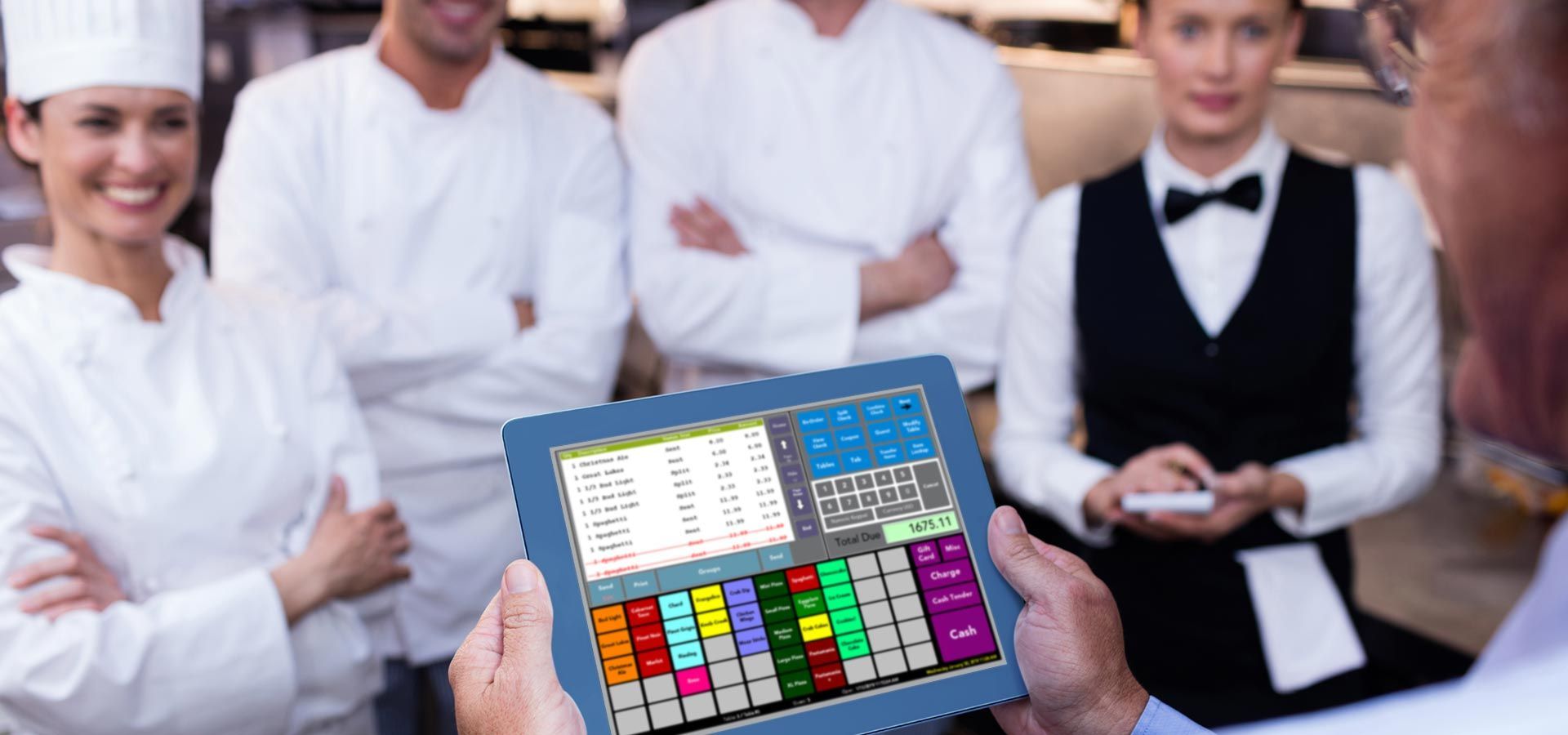Call to order at (866) 405-3878
5 Reasons Customers Choose Your Competitor
There is no shortage of competition in the bar and restaurant industry. From pizzerias and Irish pubs to sushi restaurants and fusion cuisines, there are endless options for customers to choose from when picking where to dine.
That’s why a successful restaurant needs more than just a great menu. A value-driven marketing strategy will help you differentiate your business from others and build loyalty with your customers.
Even if your establishment has a strong standing in the community, you may wonder why some customers remain loyal to your competition. Learning and implementing new strategies to entice guests to your business is an excellent way to make a fresh and lasting impression in an overly-saturated restaurant market.
But first, you must know the factors that drive a consumer’s decision.
Here are five reasons customers choose your competitors, even if you know you’re better than the rest:
1. Customers Choose a Restaurant Based on Good Reputation
When searching for dining options, customers usually research restaurants in the area to see what appeals most. During that process, reviews from Yelp and Google can be enough to make a lasting impression with first-time guests and keep them returning for more.
Take a look at your competitors’ reviews and see how they stack up against yours. Go beyond the stars and dig into the feedback. Reviews will help you grasp what makes others in the industry so appealing to customers while also pointing you to the areas in which you can excel where nobody else does.
You can also utilize your own reviews to improve your service. For example, have you noticed a common criticism about the quality of your food, your restaurant's environment, or your menu? Are there complaints about the wait time or a parking lot headache? Take advantage of this feedback and implement necessary changes to elevate your business.
2. Customers Choose a Restaurant Because of Convenience
Dining in a restaurant is an opportunity for a guest to escape the stresses of their life. Because of this, a customer may choose your competition based on convenience. Take a look at other restaurants in the area and where they’re located. Consider the following:
- Is their bar or restaurant easy to access?
- Is there enough parking in the area?
- Do they provide online ordering options?
Simply put, customers are more inclined to return when doing business is easy. Of course, that goes for you and your competitors, so consider what you can do to streamline the experience. Although you may not be able to change locations, there are plenty of ways to accommodate new guests and make it easy for them to become loyal customers.
Consult with your staff to gather suggestions for enhancing convenience. A good brainstorming session will help generate ideas and, since your team has their hands in the mix, they’ll bring fresh perspectives to the table.
3. Customers Choose Trustworthy Restaurant Brands
Think about your loyal customers. What makes them visit your restaurant again and again? Maybe it's because the food is delicious, the customer service is personable, or your restaurant provides a welcoming environment. Whatever the purpose may be, the underlying feeling is trust. The customer trusts your restaurant to provide a reliably enjoyable experience.
Trust is an essential aspect of building relationships with customers; a lack of trust could be why customers are attracted to other bars and restaurants instead of yours. Of course, you may serve similar cuisines as other businesses — but if a guest trusts your competition, the next step is to determine how to build trust with those same diners.
4. Customers Look for Multi-Faceted Bar and Restaurant Quality
Quality runs through all facets of a restaurant, from food and service to dining ambiance and environment. These days, customers are not only seeking quality food but an immersive dining experience. With these factors in mind, take a look at your competition and compare the similarities and differences. This is the time to let go of biases and study other establishments.
Is your competition providing quality at every turn? In which areas are they the most successful? In which areas are they lacking?
Now, take a look at your restaurant and think about how you would grade yourself on quality. How can you improve here? For example, if your food is excellent, but you’re seeing discrepancies with customer service or convenience, create and implement a plan that will solve those variations.
5. Customers Choose Restaurants Based on Pricing
When it comes to restaurants that fall in the same market, customers will always compare prices. That’s just the name of the game, so it’s best to accept it and adapt accordingly.
Review your competition's menu and compare your prices with theirs. While prices may remain consistent on a year-round menu, consider researching their holiday specials or daily specialty menu. This could be the price hook that's encouraging guests to return regularly.
With the holiday season just around the corner, curating a specialized menu with reasonable prices is the perfect way to entice new guests to dine in and maintain a strong relationship with your loyal customers.
Now that you have an understanding of what draws customers to your competition, here are a few ways to take back control and build a base of wildly loyal customers:

5 ways for your bar or restaurant to stand out in a crowded marketplace of competitors
1. Understand Your Target Demographic
The success of a bar or restaurant is based on several factors; however, a restaurant's success all comes down to customers. If you want consistent sales and thriving crowds, identifying your target customer is vital.
There are two key questions you should always be asking yourself and your team:
- Who are our customers?
- What do they want?
For example, suppose you run an upscale cocktail bar in the heart of downtown. In that case, your ideal demographic might be someone between the ages of 25 and 60 who has a steady career and enjoys pairing light appetizers and cocktails crafted with intention. In essence, you must cater to the crowd that aligns with your bar or restaurant’s ambiance, curated menu, and cuisine.
If you don't know who your ideal customer is, start by discussing this with your staff. Your employees are the best source of information when it comes to narrowing down your target demographic. Then, use their knowledge to propel your restaurant’s growth and stand out to your customers.
2. Research Your Competition & Make Changes
If you want to differentiate your brand from competitors, you first need to know what you’re up against! Research restaurants or bars that share similar themes and cuisines to your business. By surveying the market, you will find innovative ways to differentiate yourself from your competitors. Whether you need to switch up your slogan, marketing method, or menu, you can gain a wealth of knowledge by studying others in the industry. Then, it’s a matter of implementing changes to optimize your restaurant’s market presence, and you’ll soon see the crowds rolling in.
3. Determine Your Unique Selling Point
Your Unique Selling Point (USP) is the one key element that sets you apart from your rivals. Your USP can be a particular dish, fantastic customer service, incredible accommodation, or the ambiance of your bar or restaurant. In essence, it’s what keeps people coming back for more.
Although your competition may cater to a similar market, determining and establishing a USP is one of the best ways for your establishment to distinguish itself and attract attention. Once you've determined your bar or restaurant's USP, market it! Use social media and email newsletters to highlight your USP and attract new diners.
4. View Your Restaurant From A Customer's Perspective
Instead of tackling your bar or restaurant’s image from an owner’s top-level perspective, try looking at your brand experience from a customer's perspective. Consider the key aspects that make a bar or restaurant worth visiting:
- Immersive dining experience
- Ambiance and theme
- Variety of food and drinks
- Prices
- Convenience
- Overall quality
Once you've determined what makes you want to visit a restaurant, take a look at your own business and see how it compares. This checklist is a helpful guide for improving and inspiring new restaurant-goers to try out your bar or restaurant.
5. Make Necessary Accommodations
Convenience plays a huge role in a customer’s dining choice, and it could be the area your competition excels the most. If you're unsure of how you can improve when it comes to customer convenience, start here:
- Update your technology to a point of sale (POS) system.
- Provide online ordering options.
- Add a pay-at-table choice for guests.
- Ensure your property is easily accessible for people with disabilities.
Your Restaurant Marketing Takeaway:
The restaurant industry will always have plenty of competition, but fortunately, your business does not have to drown in all the noise. By researching and understanding your competition, gaining a better grasp of your demographic, and making your bar or restaurant more accessible to the masses with a POS system, you will be on your way to standing out and gaining new customers!
Get our latest articles delivered to your inbox
Tired of high credit card processing fees? Ask your Authorized Dealer how Total Touch integrates with gift card, loyalty programs, and preferred merchant services that help you grow your profits.
For Dealers & Resellers
Become an Authorized Dealer »
Enter the Dealer Portal »
Share a Review on Capterra
Confidential Credit Card Rate Analysis
*Terms and conditions apply. Requires enrollment in the Total Touch Processing Payback Plan.



